See your home in a whole new light – expert tips for domestic lighting design
One of our favourite things about blinds and shutters is the endless control they grant you over a room’s light levels. Blinds can be a godsend, particularly during the summer months; as they can act like the shutters seen so frequently on the Continent that keep rooms cool, only to vanish when needed and let the outside in.
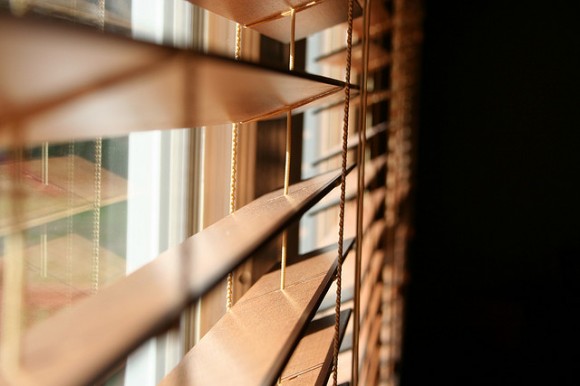
The versatility of wooden blinds allows for great control over levels of natural light. © Copyright Jinx! and licensed for reuse under this Creative Commons Licence
With the long summer evenings it’s natural to want to make the most of the light, but as dusk arrives, inevitably some artificial illumination is required!
We were fortunate enough to speak to Katy Merrington of lighting consultants, Enlighten Design, who gave us her recommendations for planning beautiful lighting schemes in the home. There are a whole range of tips here; some you could achieve with a simple rearrangement of your room, others for a rainy day’s DIY, and some to consider when planning more major renovation projects.
We’d like to thank Katy for her time and insight, and invite you to read on for some inspiring ways to reinvigorate your home.
- Don’t be afraid of contrast
“Both light and dark are important for the creation of ambiance. A uniform brightness throughout an area will not be in keeping with an interior that was originally designed to be lit by daylight, gas or candle light. More sympathetic lighting will reinforce the natural light during daytime and will often use symmetry as a starting point, with soft pools of light accentuating unique architectural features or illuminating areas of activity.”

A symmetrical lighting arrangement complements this apartment’s industrial style. The spotlights accentuate the seating area but aren’t in competition with the abundant natural light. © Copyright Mirage Floors and licensed for reuse under this Creative Commons Licence
- Think about your furniture layout before you plan the lighting
“Consider how you want to use the room and pay attention to the positioning of items such as artwork and bookcases, as this will help you to decide what features you want to illuminate and will assist you in creating a space with the right focus, comfort and soul.”
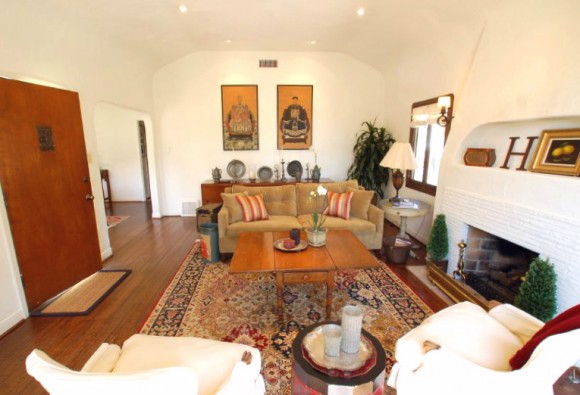
Here, furniture has been arranged to make the most of the natural light available, with downlights, wall lights and table lights used to emphasise artwork, architecture, and areas of activity. © Copyright Kendyl Young and licensed for reuse under this Creative Commons Licence
- Aim to light walls rather than the floor
“Directing a glow onto surfaces enables the light to be better perceived by the human eye and can transform the scale and appeal of a space. Table lamps and uplights can be used to build up a softly layered approach without having to alter the fabric of the building.”
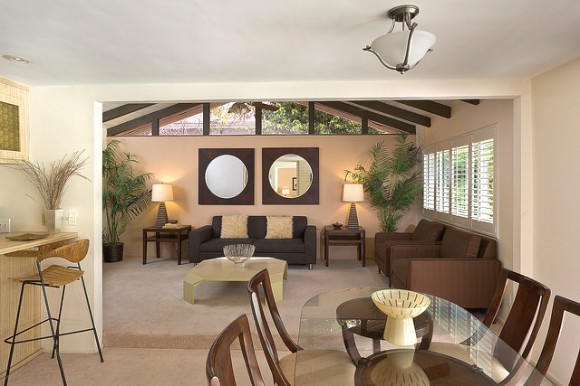
In what is a naturally well-lit room, here table lights have been used to create a feature of the far wall. © Copyright Kendyl Young and licensed for reuse under this Creative Commons Licence
- Give your artwork the gallery treatment
“There are luminaires available that can highlight the exact area of a picture without fading it, as well as discreet spotlights that can bring out the textures and forms of beautiful sculpture. If you are not sure at what height pictures are going to be hung in advance, it is worth getting the electrical contractor to cable in advance such that the final height can be decided upon later.”
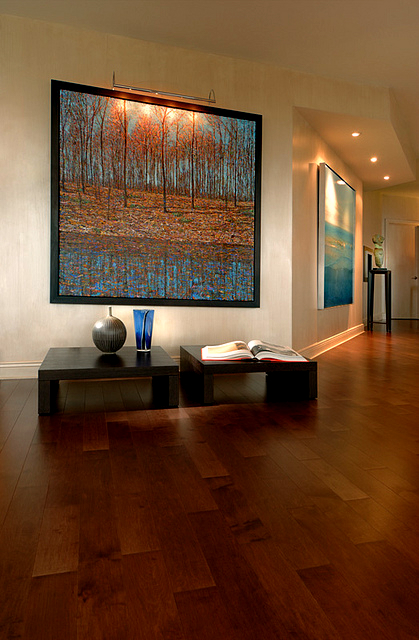
Linear luminaires and downlighting provide stylish and contrasting illumination for the artworks here. © Copyright Mirage Floors and licensed for reuse under this Creative Commons Licence
- Check out an LED fitting before purchasing
“LED’s come in various colour temperatures and some will not show up certain colours accurately. A good way to test how well a LED represents colour is to put something red, such as piece of card or fabric under the light and if the colour rendering is good, then the red colour will look the same. This is important to ensure that the colours you’ve used in your interior decoration are going to look as intended.”
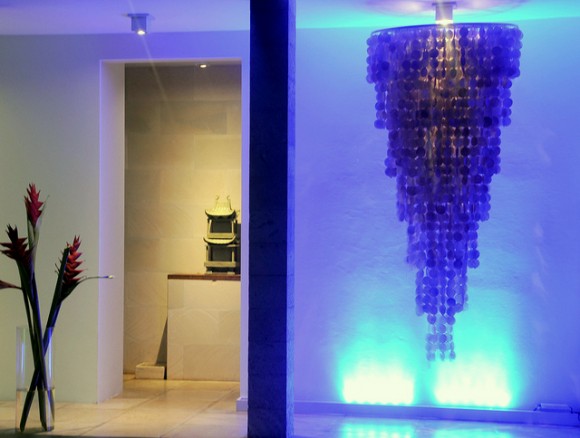
The LED lighting here has been used to create a ‘cool’ blue light, but you may find warmer shades more appropriate to show your home décor to best effect. © Copyright Bart Speelman and licensed for reuse under this Creative Commons Licence
- Use lighting controls to make your space multi-functional
“Options can range from simple dimmer switches which provide instant flexibility, through to fully functioning lighting control systems, whereby lights can be grouped into ‘scenes’ and programmed. For home environments it is often a good idea to put table lamps on 5 amp sockets so that they can be controlled at the flick of a single switch and dimmed together. There is even scope to control lights wirelessly through Wi-Fi, so no chasing of cables is required.”
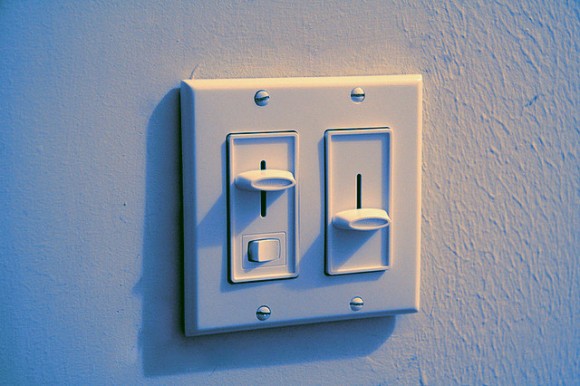
Dimmer switches are a simple and inexpensive way to introduce more versatility to your home lighting scheme. © Copyright Joseph O’Connell and licensed for reuse under this Creative Commons Licence
- Seek advice if you are unsure
“LEDs have developed from the need to save energy and reduce overall lighting costs. As with all new innovations there are technical challenges to get your head around. Working with experts in the field will give you peace of mind to ensure the results you are after.”

Comments